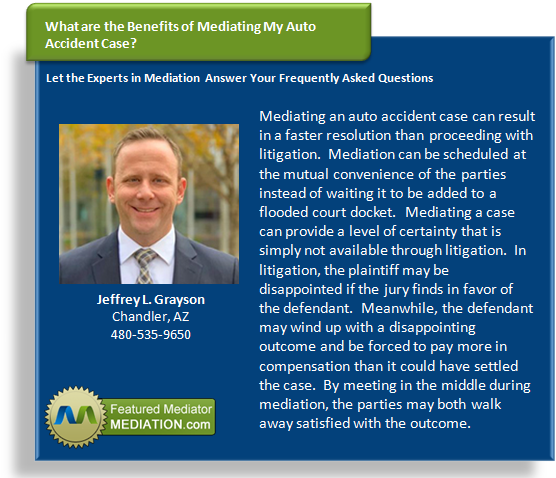Show, Don’t Tell: The Nuances of Action in Elder Care Mediation
Deborah B. Gentry’s article about resolving sibling conflict in elder parent care cites a study that found “nearly 40 percent of adult children providing parent care reported serious conflict with a sibling, usually related to lack of sufficient help fromthat sibling.”
These results shouldn’t come as a surprise. As mediators, we’ve seen the frequency with which disputes over elder care occur, and recognize that the numbers will likely only go up as families increasingly change to smaller, more widespread units. Those changes mean fewer resources and even less free time. Add to that the financial and emotional weight of caring for an aging parent or relative, and you have a common situation that makes it easy for siblings to feel overburdened, bitter and even litigious toward their less helpful siblings. Those bitter feelings combined with a court battle create the perfect storm, and many American families are left reeling at the destruction afterwards while attempting to pick up the pieces. This, more than any other reason, is why elder care mediation is so necessary.
The truth of the matter is that as our society changes and the basic structure of a traditional family evolves (or devolves, one could argue), family circumstances that involve elder care disputes will only continue to rise. Preserving those precious family relationships—relationships that, in many cases, are already strained—is becoming more than just a mediation practice. It’s becoming a community service. So in light of the social implications, both now and in the future, how do elder care mediators do the best job at repairing broken family bonds?
The answer is simple and anyone who has parented a child knows the wisdom of it: demonstrate what you want them to learn. If a particular client needs a lesson in respect, show them what respect is. Demonstrate the concept of “respect” through your actions within the meetings, and keep in mind that the tone you set for the mediation sessions will be the one that is reflected back by the other participants.
If collaboration is the goal, demonstrate what that means. In asking the participants to collaborate equally in reaching a resolution during the mediation process, you are demonstrating what they should be doing after the sessions are over. Actions always speak louder than words.










